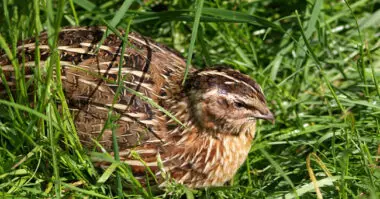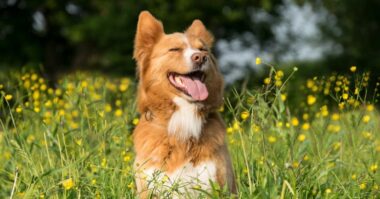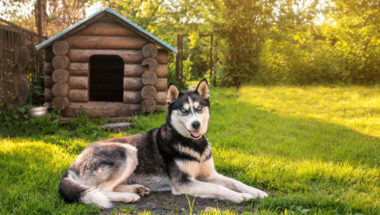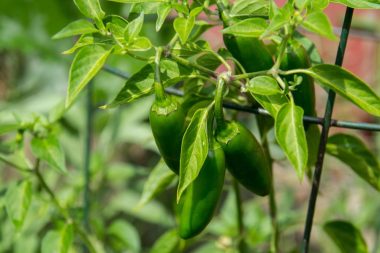Frogs are not among the gardeners’ favourite animals. However, frogs can be useful in the garden. This amphibian is a real garden helper if the garden is well laid out. The natural cycle of biodiversity then allows a good harmony of nature between fauna and flora.
Here is a list of 10 plants that frogs love in a garden:
- Hostas
- Ferns
- Wildflowers
- Horsetail
- Water Lily
- Morene
- Marsh Iris
- Hippuris aquaticum
- Roped pontederia
- Equisetum hyemale
Contents
The frog in the garden
As a tadpole, the animal eats only aquatic plants. But once adult, the frog is carnivorous. They then eat small insects such as flies, caterpillars, worms or molluscs.
They are a great help in the garden, which makes them excellent helpers. Frogs feed mostly at night. To attract frogs, wet areas in the garden are of course necessary. And for them to reproduce, you need a water point like a small pond.
Don’t worry about the mosquitoes that are attracted by stagnant water! Indeed, the tadpoles will feed on the larvae, so they will not have time to become adults. Beware, it is forbidden to move the frogs in the wild to bring them into the garden! In fact, you must wait for them to come naturally.
How to attract frogs to your garden
Create a small pond
Setting up a small pond is probably easier than you think and you can take advantage of the many benefits that pond residents provide. Frogs need a lot of moisture in their environment and a small garden pond also gives them a place to lay their eggs for the next generation. Tadpoles, or baby frogs, are interesting to watch as they evolve from a tiny fish-like creature to a frog.
Don’t add fish to the toad and frog pond, as even the smallest species feed on eggs, larvae and adults. If you have pets, they are a potential threat to your pond creatures. So you can place some sort of barrier like a fence around them. This is also important if you have young children, as they may be tempted to capture the animals and the pond is also at risk of drowning.
Choosing the right plants
Choosing the right plants and avoiding the wrong ones is essential to create an optimal environment for amphibians. Don’t plant cattails in the pond – you can often see them in natural ponds, but their thick stems are of little use to animals for their development and reproduction.
They tend to proliferate rapidly and can crowd out beneficial vegetation from the pond.
There are also many plants that are poisonous to frogs. So you need to think more about what is going on in your garden.
If you have a vegetable garden, avoid planting the following plants near the pond or any area where toads and frogs are likely to congregate:
- Eggplant
- Rhubarb
- Potatoes
- Snowball
For flower gardens or landscaping, avoid planting:
- Honeysuckle
- Azalea
- Daffodils
- Jacinthe
- Hydrangea
The best type of vegetation for a frog pond consists of thin plants with vertical stems such as ears, reeds and sedges. Amphibians like to attach their egg sacs to the bases of these plants below the water surface after breeding.
Since these animals can provide a good meal for many other creatures such as birds and snakes, be sure to provide plenty of foliage where they can hide.

Food for frogs
One of the many advantages of having frogs in your garden is that they keep insects away to prevent them from destroying other elements in your garden.
They will eat moths, mosquitoes and their larvae, snails, slugs, flies, beetles and cockroaches. By planting many shrubs and plants native to your area, shredding flower beds and keeping a compost heap, your garden will attract frogs and toads that seem to have a special talent for finding the best places to live and breed.
Creating shelters
Frogs and toads avoid the sun to prevent dehydration, so shelter is important. In addition to the edge of a pond with clay pots, there are other shelter options.
You can simply arrange stones to make a small cave and/or use planters and pots upside down, lightly supported by rocks, so that frogs and toads can enter. They should be placed in a quiet and shady place.
How to promote the installation of frogs?
You might as well say that if your pond is colonized by frogs, the summers will be noisy! But what a spectacle around the water. Young and old alike will not fail to stay and watch them catch the passing insects.
To help them settle in
- Install large rocks around your pond that will provide shelter for the winter but will also promote the development of insects that will appreciate these shady and humid corners.
- Install a large amount of vegetation on the edges of the pond.
- Install many flowers (lavender, perennial geranium, …) which will bloom in a spread out way from March to November. The flowers will attract foraging insects such as bumblebees, bees and butterflies.
- Also install many aquatic plants so that they feel safe if frogs need to hide from predators.
- In winter, if you have to handle rocks, do so pre-cautiously; a toad or frog may be installed underneath.
Summary
Frogs are therefore a good asset against insects and for the development of biodiversity in your garden, moreover, their croaking can also be pleasant and relaxing to listen to.
However, if you want to attract them to your home, you will have to put some things in place, a pond is usually a good start. Moreover, frogs love certain plants, you can find a list of 10 plants that frogs love!









